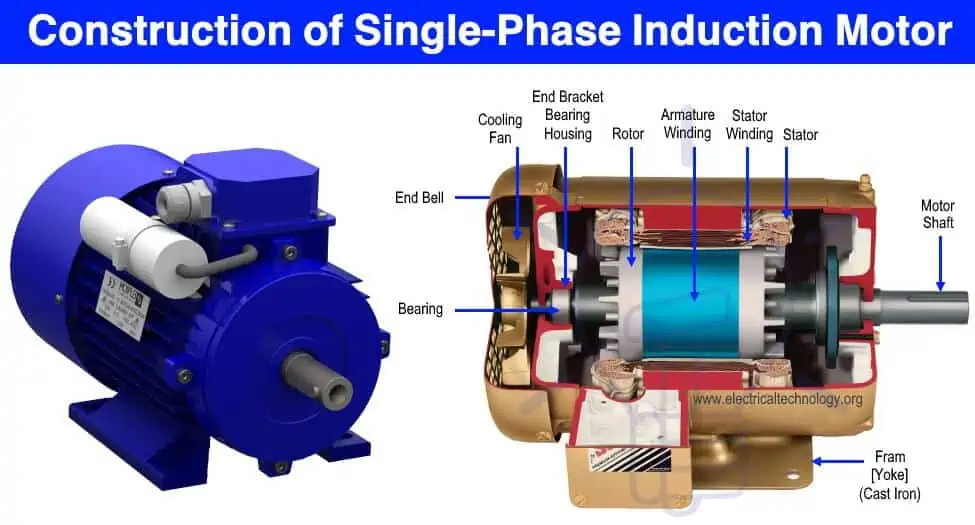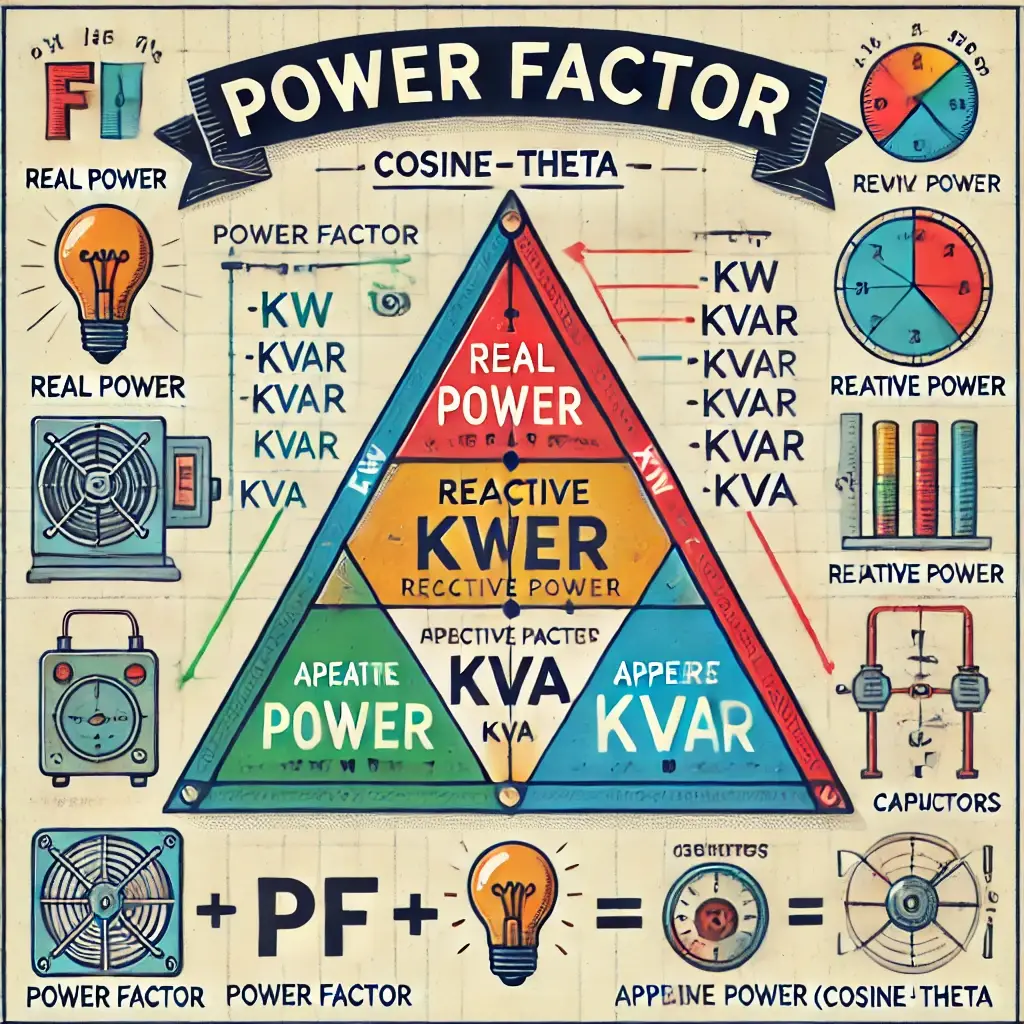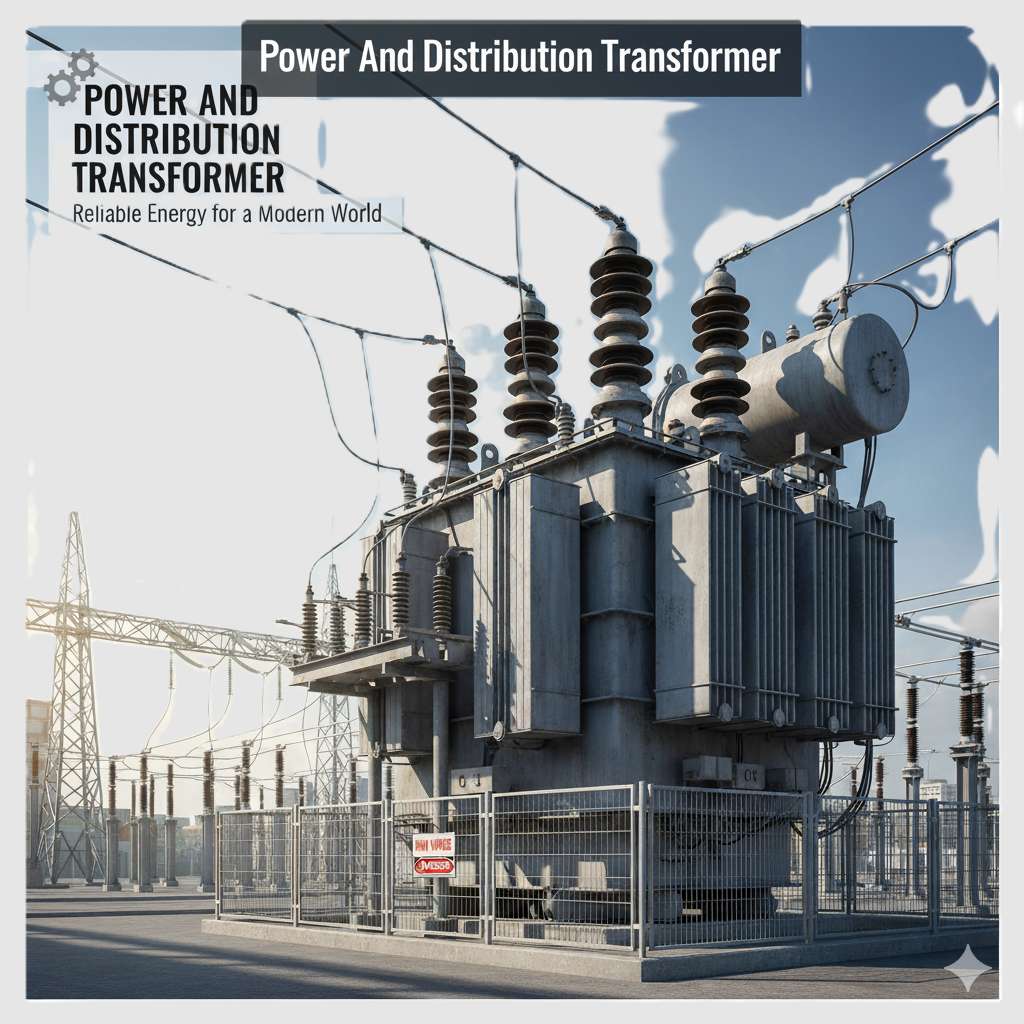Table of Contents
Introduction
Single phase power system is widely used as compared to three phase system for domestic
purpose, commercial purpose and to some extent in industrial purpose. As the single phase system is
more economical and the power requirement in most of the houses, shops, offices are small, this can be
easily met by single phase motor.
The single phase motors are simple in construction, cheap in cost,
reliable and easy to repair and maintain. Due to all these advantages the single phase motor finds its
application in vacuum cleaner, fans, washing machine, centrifugal pump, blowers, washing machine,
small toys etc.
Types of single phase induction motor
Single phase motor are generally built in the fractional horse power range and may be classified in
to the following four basic types
Single phase induction motor
- Split phase type
- Capacitor type
- Shaded pole type
AC series motor or universal motor
Repulsion motors
- Repulsion start induction run motor
- Repulsion induction motor
Synchronous motor
- Reluctance motor
- Hysteresis motor
Construction of Single Phase Induction Motor
Like any other electrical motor single phase induction motor also have two main parts namely
rotor and stator.
Stator:
As its name indicates stator is a stationary part of induction motor. A single phase ac supply is
given to the stator of single phase induction motor.
Rotor:
The rotor is a rotating part of induction motor. The rotor is connected to the mechanical load
through the shaft. The rotor in single phase induction motor is of squirrel cage rotor type. The
construction of single phase induction motor is almost similar to the squirrel cage three phase motor
except that in case of asynchronous motor the stator have two windings instead of one as compare to the
single stator winding in three phase induction motor.
Stator of Single Phase Induction Motor
The stator of the single phase induction motor has laminated stamping to reduce eddy current
losses on its periphery. The slots are provided on its stamping to carry stator or main winding. In order to
reduce the hysteresis losses, stamping are made up of silicon steel. When the stator winding is given a
single phase ac supply, the magnetic field is produced and the motor rotates at a speed slightly less than
the synchronous speed Ns which is given by

Where, f = supply voltage frequency,
P = No. of poles of the motor.
The construction of the stator of asynchronous motor is similar to that of three phase induction
motor except there are two dissimilarity in the winding part of the single phase induction motor.
- Firstly the single phase induction motors are mostly provided with concentric coils. As the number
of turns per coil can be easily adjusted with the help of concentric coils, the mmf distribution is
almost sinusoidal. - Except for shaded pole motor, the asynchronous motor has two stator windings namely the main
winding and the auxiliary winding. These two windings are placed in space quadrature with respect
to each other.
Rotor of single phase induction motor
The construction of the rotor of the single phase induction motor is similar to the squirrel
cage three phase induction motor. The rotor is cylindrical in shape and has slots all over its
periphery. The slots are not made parallel to each other but are bit skewed as the skewing
prevents magnetic locking of stator and rotor teeth and makes the working of induction motor
more smooth and quieter i.e. less noise.
The squirrel cage rotor consists of aluminum, brass or
copper bars. These aluminum or copper bars are called rotor conductors and are placed in the
slots on the periphery of the rotor. The rotor conductors are permanently shorted by the copper or
aluminum rings called the end rings.
In order to provide mechanical strength these rotor conductor are braced to the end ring
and hence form a complete closed circuit resembling like a cage and hence got its name as
squirrel cage induction motor. As the bars are permanently shorted by end rings, the rotor
electrical resistance is very small and it is not possible to add external resistance as the bars are
permanently shorted. The absence of slip ring and brushes make the construction of single phase
induction motor very simple and robust.
Working Principle of Single Phase Induction Motor
We know that for the working of any electrical motor whether its ac or DC motor, we require
two fluxes as, the interaction of these two fluxes produced the required torque, which is desired parameter
for any motor to rotate.
When single phase ac supply is given to the stator winding of single phase induction motor, the
alternating current starts flowing through the stator or main winding. This alternating current produces an
alternating flux called main flux. This main flux also links with the rotor conductors and hence cut the
rotor conductors. According to the Faraday’s law of electromagnetic induction, emf gets induced in the
rotor. As the rotor circuit is closed one so, the current starts flowing in the rotor.
This current is called the
rotor current. This rotor current produces its own flux called rotor flux. Since this flux is produced due to
induction principle so, the motor working on this principle got its name as induction motor. Now there are
two fluxes one is main flux and another is called rotor flux. These two fluxes produce the desired torque
which is required by the motor to rotate.
Why Single Phase Induction Motor is not Self Starting?
According to double field revolving theory, any alternating quantity can be resolved into two
components, each component have magnitude equal to the half of the maximum magnitude of the
alternating quantity and both these component rotates in opposite direction to each other.
For example
A flux, φ can be resolved into two components

Each of these components rotates in opposite direction i.e. if one φm / 2rotating then clockwise
direction then the other φm / 2 rotate in anticlockwise direction. When a single phase ac supply is given to
the stator winding of single phase induction motor, it produces its flux of magnitude, φm. According to the
double field revolving theory, this alternating flux, φm is divided into two components of magnitude φm
/2. Each of these components will rotate in opposite direction, with the synchronous speed, Ns.
Let us call
these two components of flux as forward component of flux, φf and backward component of flux, φb. The
resultant of these two components of flux at any instant of time, gives the value of instantaneous stator
flux at that particular instant.

Now at starting, both the forward and backward components of flux are exactly opposite to each
other. Also both of these components of flux are equal in magnitude. So, they cancel each other and hence
the net torque experienced by the rotor at starting is zero. So, the single phase induction motors are not
self starting motors.
Methods for Making Single Phase Induction as Self Starting Motor
From the above topic we can easily conclude that the single phase induction motors are not self
starting because they produced stator flux is alternating in nature and at the starting the two components
of this flux cancel each other and hence there is no net torque. The solution to this problem is that if the
stator flux is made rotating type, rather than alternating type, which rotates in one particular
direction only. Then the induction motor will become self starting.
Now for producing this rotating magnetic field we require two alternating flux, having some
phase difference angle between them. When these two fluxes interact with each other they will produce a
resultant flux. This resultant flux is rotating in nature and rotates in space in one particular direction only.
Once the motor starts running, the additional flux can be removed. The motor will continue to run under
the influence of the main flux only
Comparison between Single Phase and Three Phase Induction Motors
- Single phase induction motors are simple in construction, reliable and economical for small power
rating as compared to three phase induction motors. - The electrical power factor induction motors of single phase induction motors is low as compared to three phase
- For same size, the single phase induction motors develop about 50% of the output as that of three phase Induction motors.
- The starting torque is also low for asynchronous motors / single phase induction motor.
- The efficiency of single phase induction motors is less as compare it to the three phase induction
motors. Single phase induction motors are simple, robust, reliable & cheaper for small ratings. They are generally available up to 1 KW rating
Single phase Motor Starter
Direct-On-Line (DOL) Starters
Small three-phase induction motors can be started direct-on-line, which means that the rated
supply is directly applied to the motor. But, as mentioned above, here, the starting current would be very
large, usually 5 to 7 times the rated current. The starting torque is likely to be 1.5 to 2.5 times the full load
torque. Induction motors can be started directly on-line using a DOL starter which generally consists of a
contactor and a motor protection equipment such as a circuit breaker.

A DOL starter consists of a coil operated contactor which can be controlled by start and stop push buttons. When the start push button is pressed, the contactor gets energized and it closes all the three phases of the motor to the supply phases at a time. The stop push button de-energizes the contactor and disconnects all the three phases to stop the motor.
Applications of Single-Phase Induction Motors
- Household appliances: Fans, washing machines, vacuum cleaners.
- Office equipment: Typewriters, copiers.
- Small machinery: Drills, compressors, blowers.
- Pumps: Water pumps, air pumps.
Advantages
- Simple construction.
- Low cost.
- Reliable operation.
- Easy maintenance.
- Operates on commonly available single-phase supply.
Disadvantages
- Not self-starting without additional components.
- Lower efficiency compared to three-phase motors.
- Limited power output (usually up to 3 HP).
- Vibration and noise are more significant.
Conclusion
Single-phase induction motors are essential for domestic and small-scale industrial use. Their simplicity, affordability, and ability to run on standard household electricity make them incredibly useful, despite their limitations. Understanding their construction, working principle, and types helps in selecting the right motor for specific applications.
I am an Electrical Engineer with qualifications in ITI, Diploma, and B.Tech. I have worked as an ITI college instructor for 3 years and have over 5 years of hands-on experience in the electrical field. The information shared on this website is based on trusted electrical engineering textbooks such as P.S. Bimbhra, B.L. Theraja, V.K. Mehta, and real-world practical experience.



